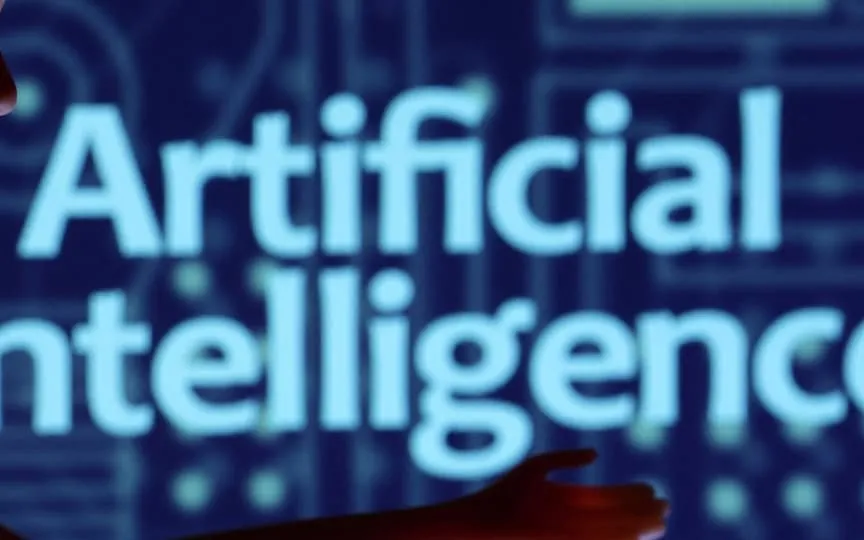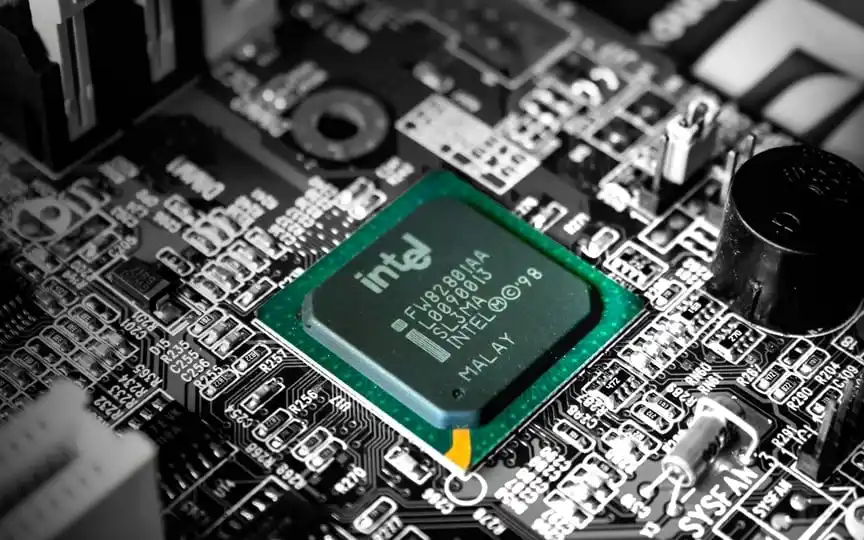Discover the Latest Features of Stability AI’s Stable Diffusion XL 1.0 Image Generator
As time goes by, an increasing number of generative AI platforms are being introduced. This has led to a rise in competition within the market, with companies like Midjourney and Adobe entering the fray. In response to the growing demand from users, Stability AI has released an upgraded version of its image generation model called Stable Diffusion XL 1.0. According to the company, this latest model is their most advanced offering in this field. However, there are still ethical concerns surrounding the model that need to be addressed.
According to a report by Tech Crunch, Stability AI released a text-to-image model called Stable Diffusion XL 1.0, which it claimed is the most “advanced” tool released yet. The platform is available as open source on GitHub, along with the Stability API and consumer apps, ClipDrop and DreamStudio.
About Stable Diffusion XL 1.0
The latest stable diffusion model has implemented several updates to improve its functionality. Let’s see what’s new in the latest version. According to the company, the latest AI image generator can produce “more vivid” and “accurate” colors and better contrast, shadows and lighting compared to the previous version.
Joe Penna, director of applied machine learning at Stability AI, told TechCrunch that the new AI platform has 3.5 billion parameters. For the uninitiated, parameters are factors added to the model to contextualize the training data. With a large number of parameters, Stable Diffusion XL 1.0 can create full 1 MP resolution images in seconds with different aspect ratios. Penna also added that the template will be made easy to use and users will be able to design complex images with simple text prompts as it supports natural language processing.
According to reports from SiliconAngle and VentureBeat, Stable Diffusion XL 1.0 also enables the reconstruction of missing parts of images and the expansion of an existing image. Additionally, it allows users to submit an image and include text prompts to make more advanced variations of the image. Stable Diffusion XL 1.0 also doesn’t require long text prompts because it understands short inputs.
With the app’s upcoming beta release, Stability AI will allow users to “specialize” in a generation with just five images by targeting specific people or products. In addition, in cooperation with Amazon Web Services, Stable Diffusion XL 1.0 will also be available for Bedrock, Amazon’s cloud platform.
An ethical problem
There are still some ethical questions surrounding the AI tool. Since the platform is provided with open source code, problems such as consensual deep fakes, false information and images presenting harmful content cannot be ruled out. While a spokesperson told TechCrunch that the company filtered the template to block “unsafe images” and provide warnings about malicious content, it’s likely not a foolproof solution as similara
In addition to that, there are also questions about the source of the model’s training data. Stability AI claims to have used the images online, which includes art from artists who have protested against tech companies using their work to train AI. Although the company claims it is protected from legal action by the fair use doctrine, major players such as Getty Images have filed lawsuits to block it.
Stability AI, in order to be ethical, has given artists an “opt-out” option, so if the artist wants to, they can take their image out of training the model. However, the company has not removed all tagged artworks from its training model.
“We are constantly improving the security features of Stable Diffusion and we are serious about continuing to replicate these measures. Additionally, we are committed to honoring artists’ requests to be removed from the training datasets,” Penna told TechCrunch.




